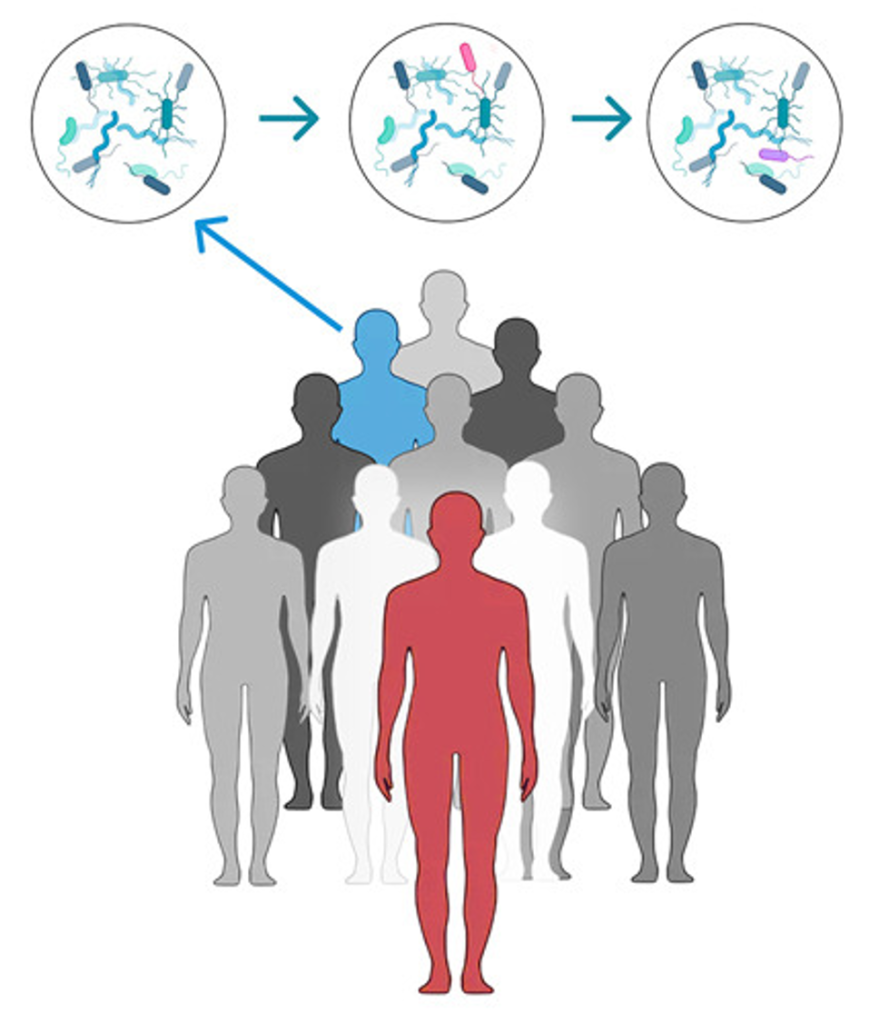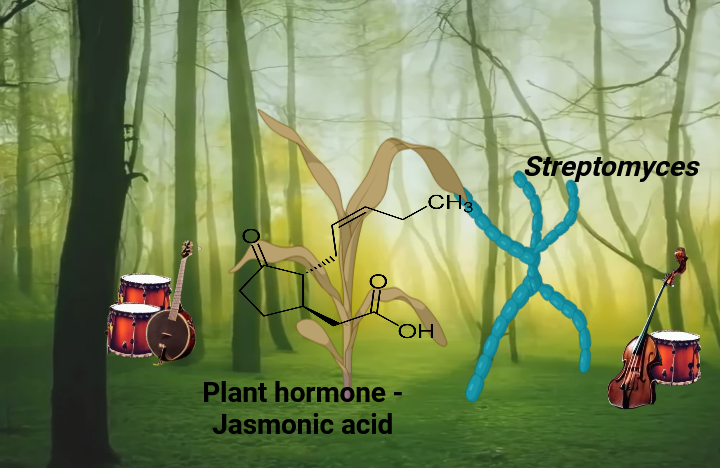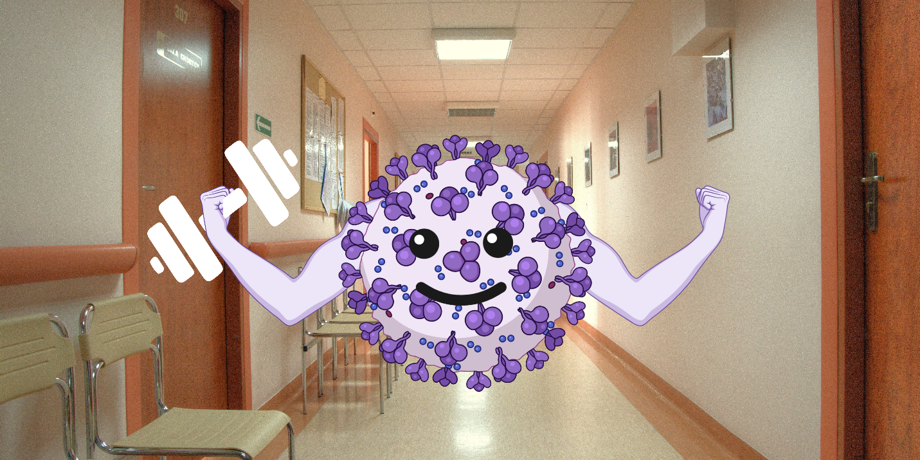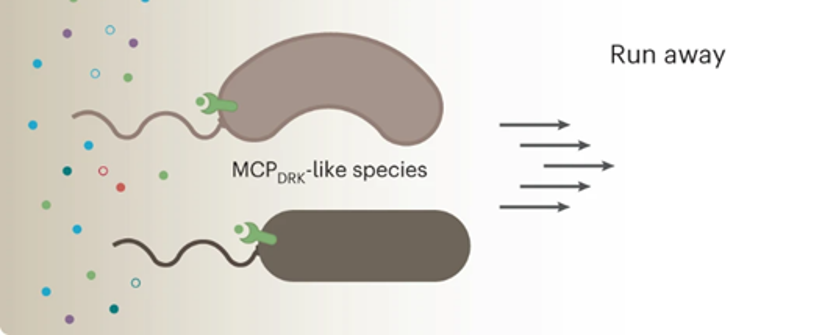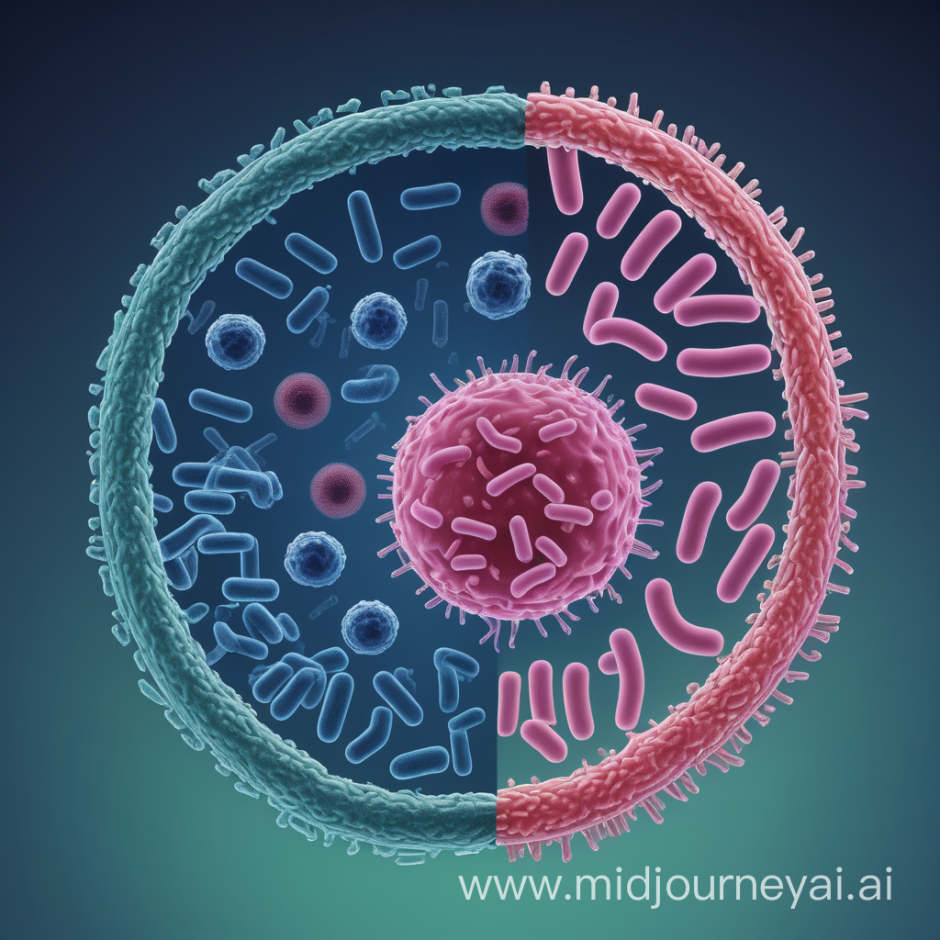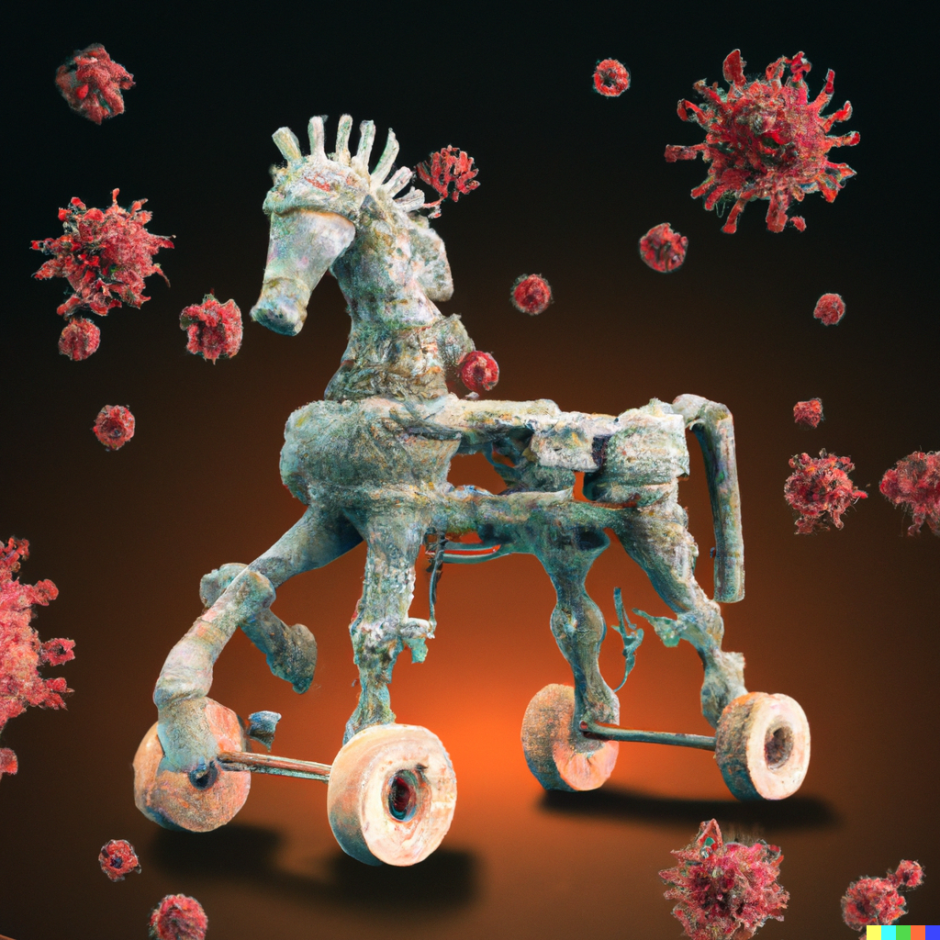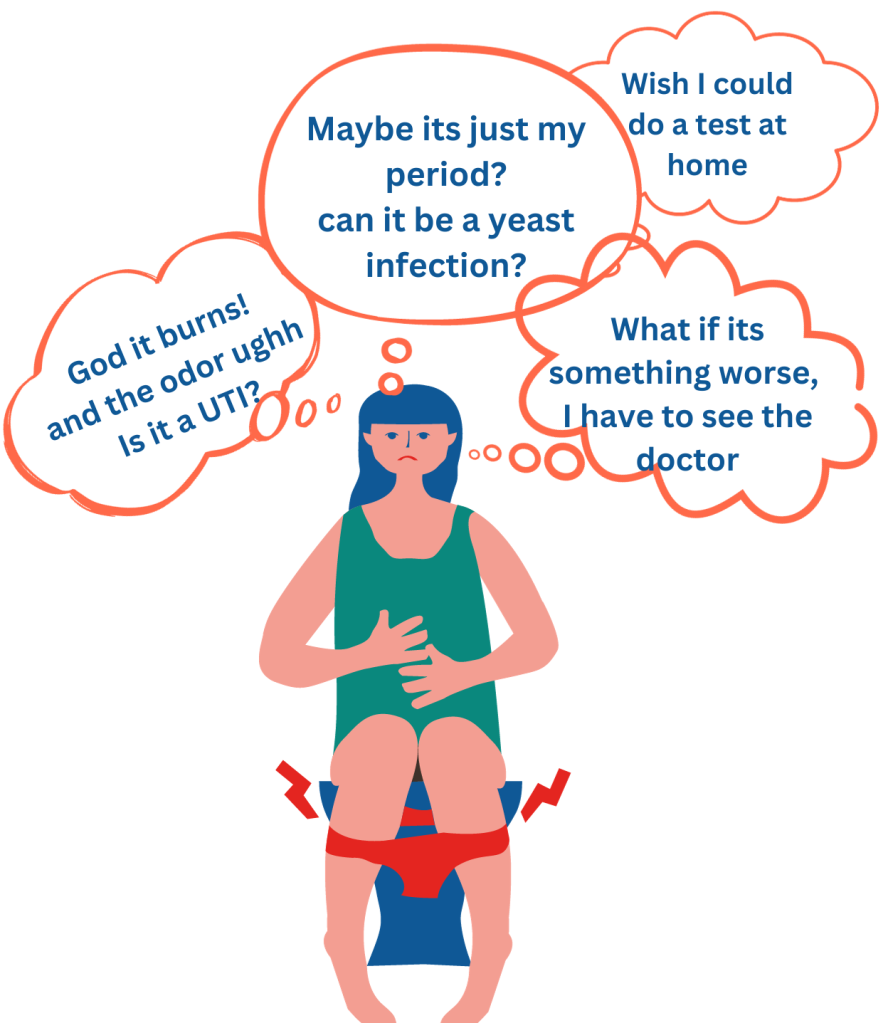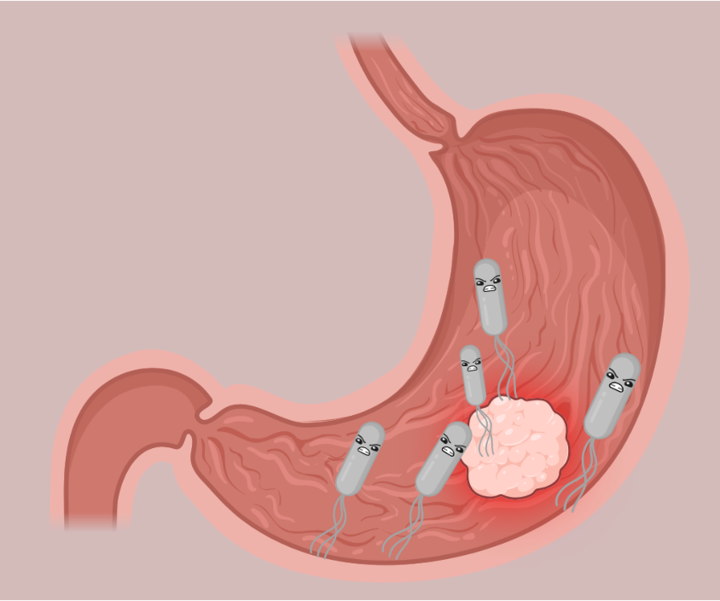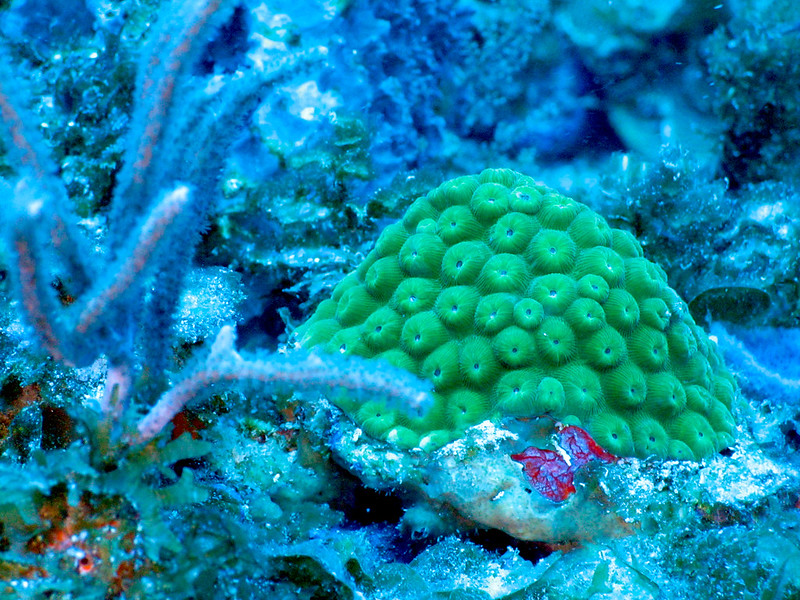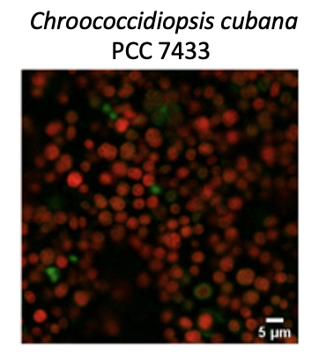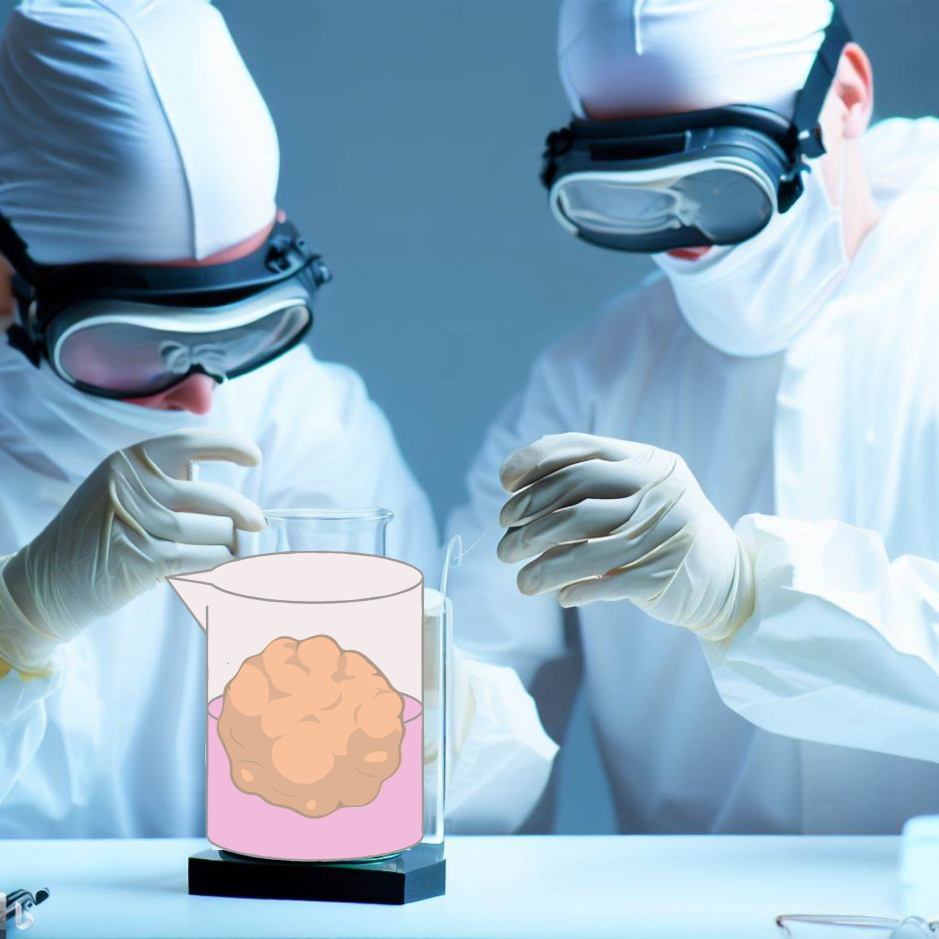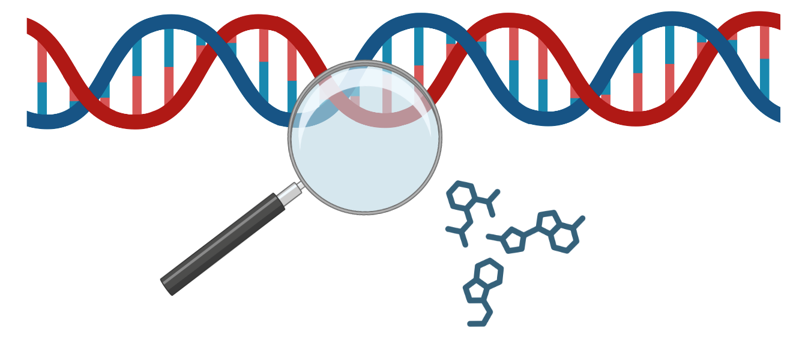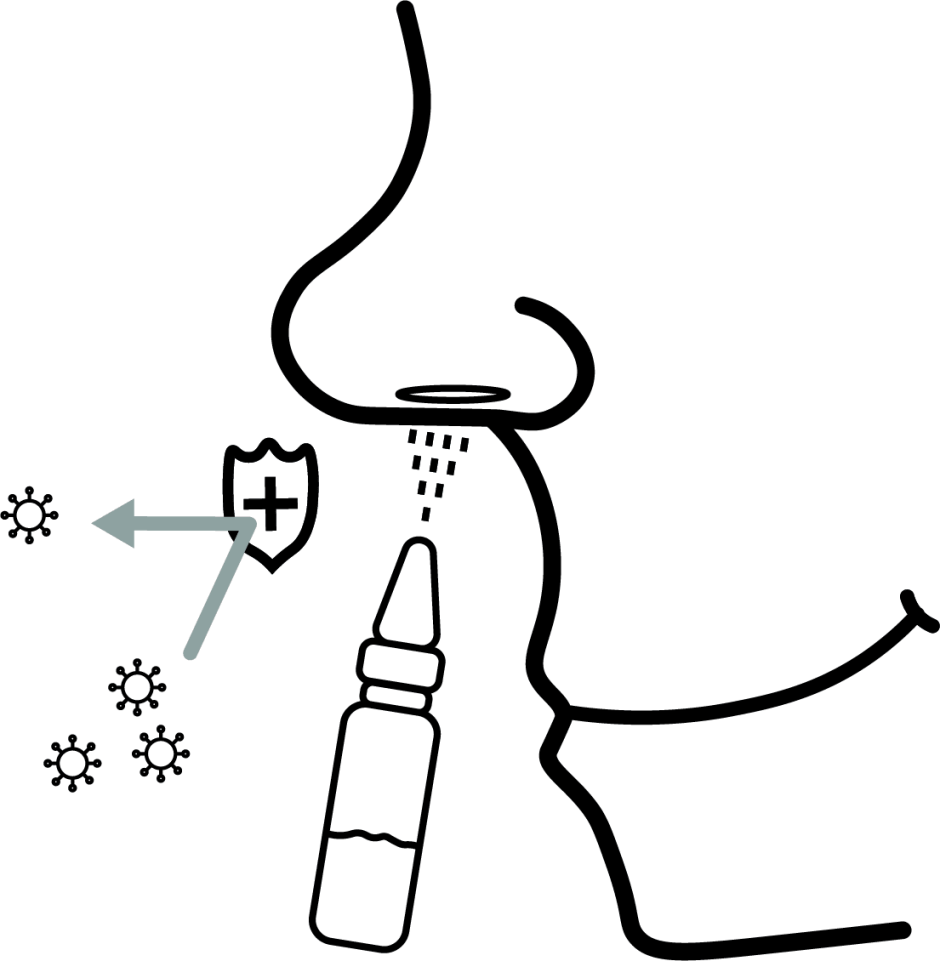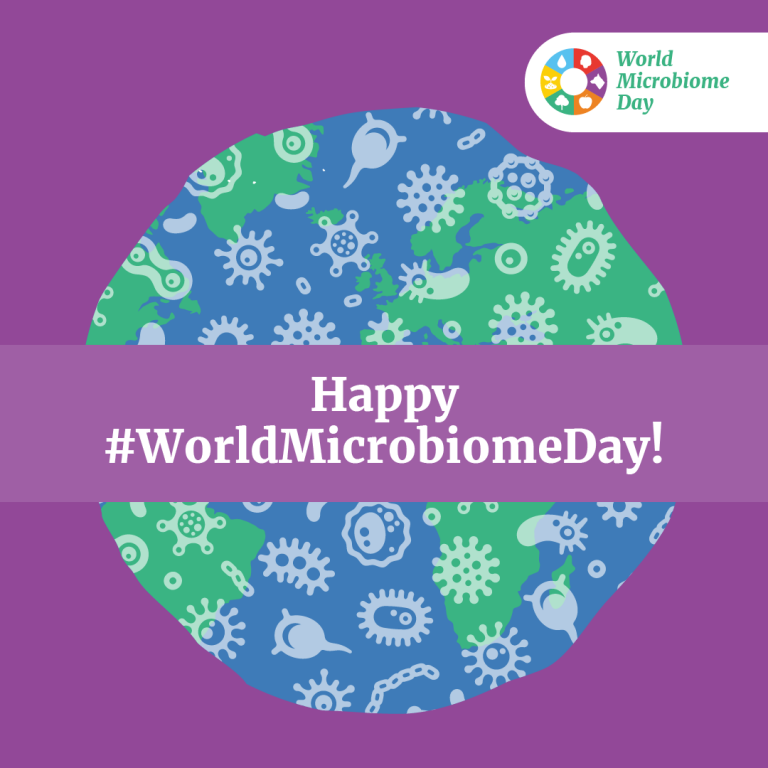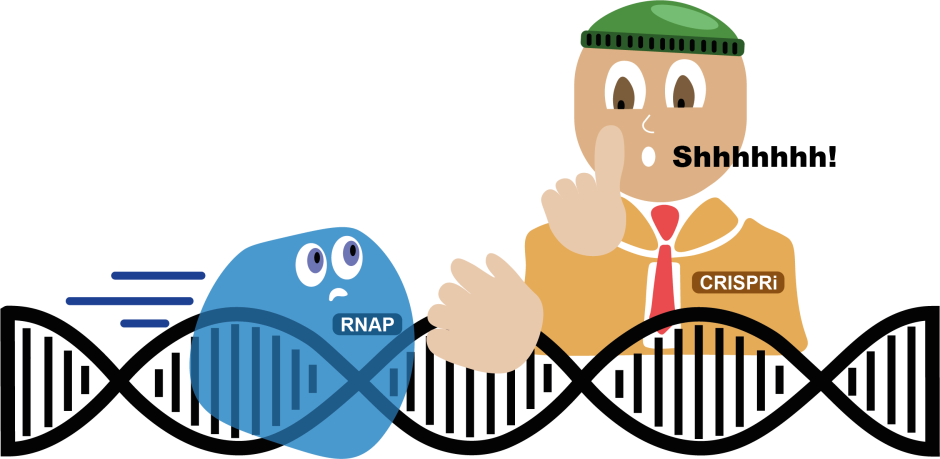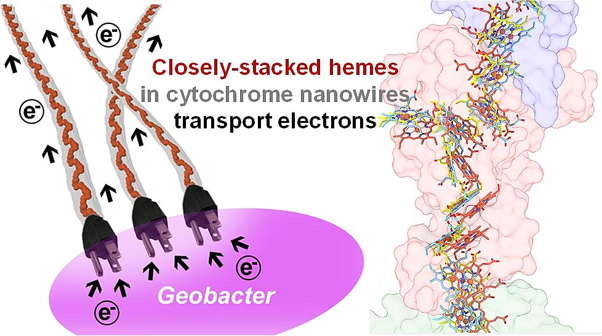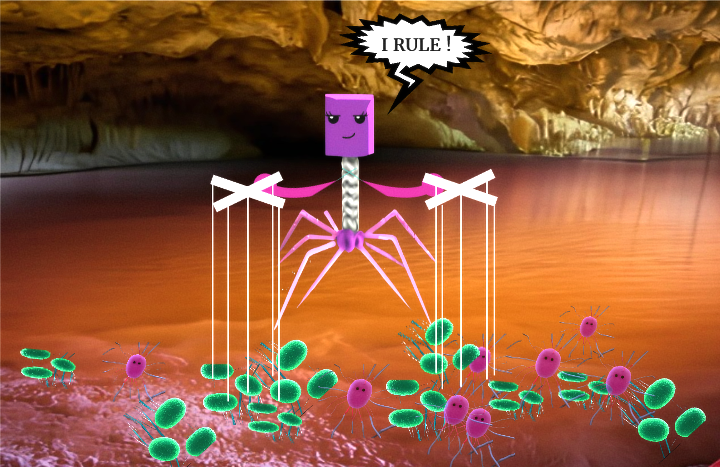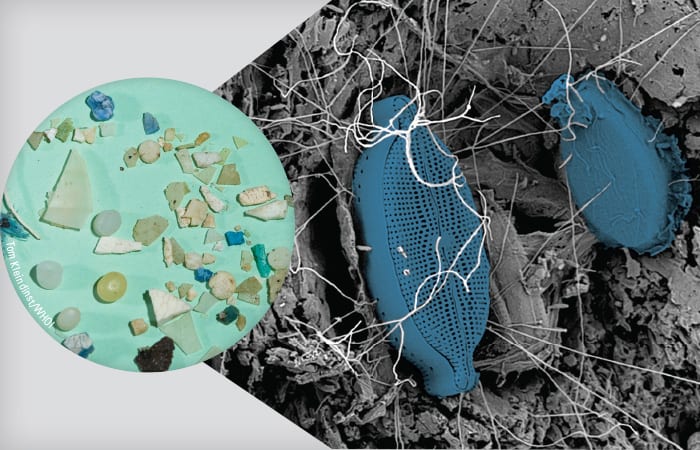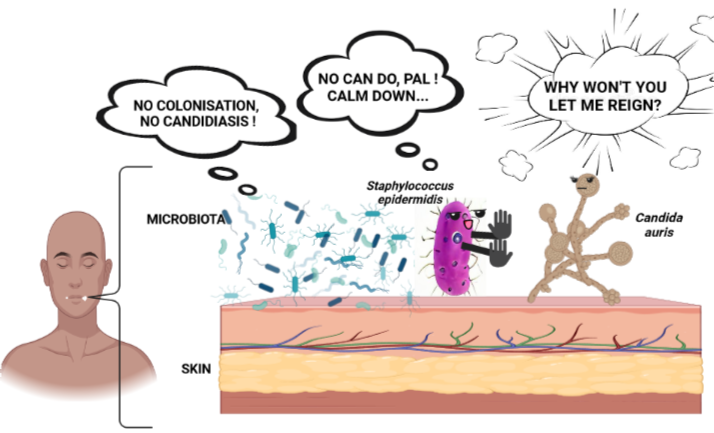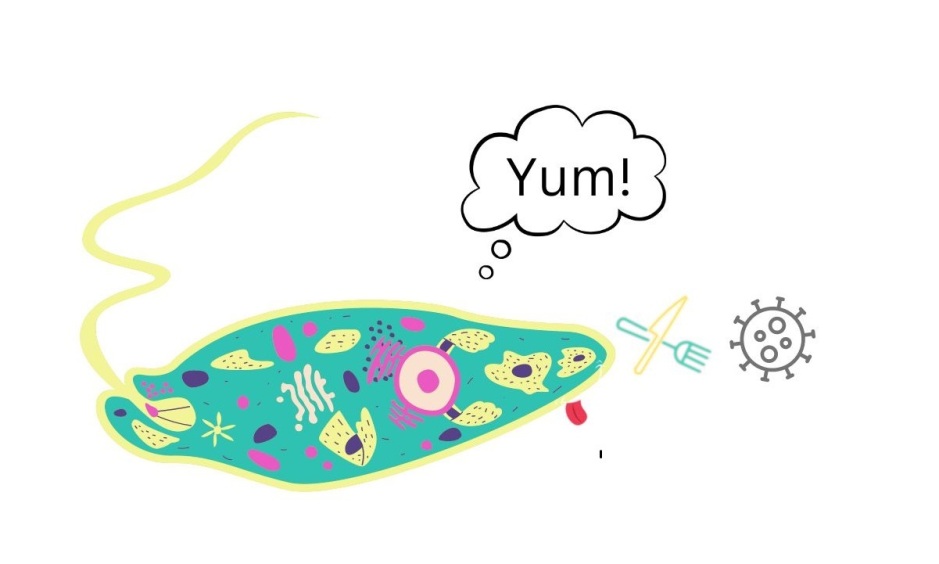
Breaking down the microbiology world one bite at a time
Battling antibiotic resistance with endolysins
Gram-positive (G+) bacterial infections pose a significant challenge to our healthcare system and community resources. The rise of drug-resistant G+ bacteria, such as methicillin-resistant Staphylococcus aureus (MRSA), has created an urgent need for new treatments. But fear not, scientists have been working tirelessly to develop novel antimicrobial agents to combat these stubborn infections. One promising avenue of research lies in the use of endolysins.
What are endolysins, you might ask? Well, they are enzymes encoded by bacteriophages (viruses that infect bacteria) that have the remarkable ability to specifically target and destroy the cell walls of bacteria. Imagine them as tiny, highly specialized assassins that can swiftly eliminate bacteria. The best part? Bacterial resistance to endolysins is low, making them promising alternatives to combat the growing problem of drug resistance.

To better understand endolysins, scientists have classified them based on their structural characteristics. Think of it like sorting them into different groups based on their appearance and function. By doing so, researchers can identify the most effective endolysins for different types of bacterial strains, just like how a specific key fits a particular lock.
So, how do these endolysins work? Well, they have a unique mechanism of action. Once they come into contact with the bacterial cell wall, they unleash their destructive powers, breaking down the wall and causing the bacterium to burst. It’s like a tiny wrecking ball targeting the weakest point of a building, causing it to crumble. This rapid and precise action makes lysins highly effective in killing bacteria.
What’s even more exciting is that endolysins have shown the ability to disrupt biofilms. Biofilms are like protective fortresses that bacteria build around themselves, making them resistant to antibiotics. Endolysins, however, can penetrate these fortresses and dismantle them, rendering the bacteria vulnerable to treatment. It’s like breaking down the barricades and exposing the enemy’s hideout.
Compared to traditional antibiotics, endolysins have several advantages. Their narrow spectrum of activity means they target only specific types of bacteria, minimizing the impact on our beneficial bacteria. This is like using a sniper rifle instead of a shotgun, aiming precisely at the harmful bacteria without causing collateral damage. Additionally, when combined with existing therapies, endolysins have shown the potential for even greater effectiveness. It’s like teaming up superheroes to fight a common enemy, each with their own unique powers that complement each other.
Now, you might be wondering about the safety of using endolysins as treatment. Scientists are addressing these concerns and working on solutions. Challenges such as potential immunogenicity (triggering an immune response) and off-target effects are being carefully studied. Researchers are exploring ways to modify and optimize endolysins to enhance their stability and minimize any potential risks.
While there are limitations to consider, the development of endolysin-based drugs is progressing rapidly. The future looks promising, with regulatory approval on the horizon. This review serves as a vital resource for scientists and researchers dedicated to fighting bacterial infections, providing them with essential information and guidance.
Endolysins offer great hope in the battle against multidrug-resistant Gram-positive bacterial infections. Their ability to specifically target and destroy bacteria, along with low resistance rates, make them a powerful weapon in our fight against drug resistance. As we continue to explore their potential and overcome challenges, endolysin-based treatments could soon become a reality, transforming the way we combat bacterial infections. So, let us remain hopeful and supportive of the scientists who are devoted to this noble cause, protecting our health and well-being.
Link to the original post: Liu, H., Hu, Z., Li, M. et al. Therapeutic potential of bacteriophage endolysins for infections caused by Gram-positive bacteria. J Biomed Sci 30, 29 (2023).
Featured image: Image credit: The Rockefeller University link for article https://www.rockefeller.edu/news/24920-lysin-therapy-offers-new-hope-fighting-drug-resistant-bacteria/


